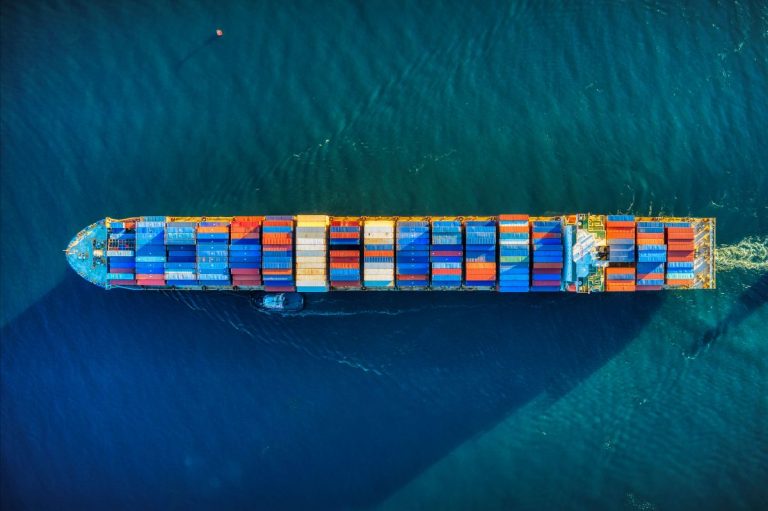
What is carbon insetting?
Carbon insetting enables fuel suppliers and vessel operators to transfer the environmental benefits of clean, lower carbon intensity fuels to freight forwarders and shippers says Caspar Gooren, Director Zero-Carbon at Titan
December 13, 2023
Carbon insetting refers to the financing of climate protection projects within a company’s own value chain. It reduces or sequesters emissions, thereby achieving a positive impact on communities, landscapes, and ecosystems associated with this value chain. The money from insetting tokens then flows back into the shipping sector to finance decarbonisation projects.
Most of the of the big retailers (such as IKEA or Amazon) would like to sell their products as low carbon or carbon neutral. They would like to state that their products are also zero carbon shipped, which means they need to tackle emissions reductions in the supply chains of the products they sell – scope three emissions.
In shipping, purchased carbon insets prove that low or zero carbon fuel was used by the carrier, and then emissions reduction benefits can be attached to the products. Insets are immutable and transferable tokens, which companies can manage using a blockchain wallet and transfer to customers. An inset also allows the transfer of environmental benefits, decoupling carbon reduction from specific transport activity, and enabling the greening of overall transport activity.
The money is then used to ensure continuing promotion and uptake of this clean fuel, building supply and reducing costs so that the industry can transition sooner. As a result, insetting is an effective means of expediting the energy transition in shipping, which is currently blocked by price levels; fossil fuels remain cheaper than renewable fuels. Insetting helps to close this price gap.
Carbon insetting is different to carbon offsetting, which has come under question due to a lack of transparency. With offsetting, there’s no mechanism to ensure the premium paid stays within the sector to deliver improvements, and some argue it is just an excuse to continue emitting as usual as the impact of offsets are often hard to quantify and measure.
With insets on the other hand, there are strict requirements on the generation and allocation. These requirements have been defined on a global level by the Smart Freight Centre (SFC), a Netherlands based NGO. Last June, the SFC published their multi-modal Book & Claim methodology, which deals with topics like calculation rules, additionality, allocation and reporting of insetting.
Independent clean fuel supplier, Titan and the first independent blockchain-based carbon insetting platform for the transport sector, 123Carbon recently announced that they have issued the first LNG-based carbon insets readily available to the market. Sustainability consultancy AllChiefs and emissions verification service provider, Verifavia have collaborated to ensure inset transparency and integrity.
Get in touch
Contact one of the World Bunkering team.
Constructive Media
Constructive Media
50 George Street,
Pontypool
NP4 6BY
Tel: 01495 740050
Email: ibia@constructivemedia.co.uk
On behalf of :
IBIA Ltd
107 Cheapside
London
EC2V 6DN
United Kingdom
Tel: +44 (0) 20 3397 3850
Fax: +44 (0) 20 3397 3865
Email: ibia@ibia.net
Website: www.ibia.net
Emails
Publisher & Designer: Constructive Media - ibia@constructivemedia.co.uk
Editor: David Hughes - anderimar.news@googlemail.com
Deputy Editor: Unni Einemo - unni@ibia.net
Project Manager: Alex Corboude - alex@worldbunkering.net
Terms & Conditions | Copyright © 2023 World Bunkering

